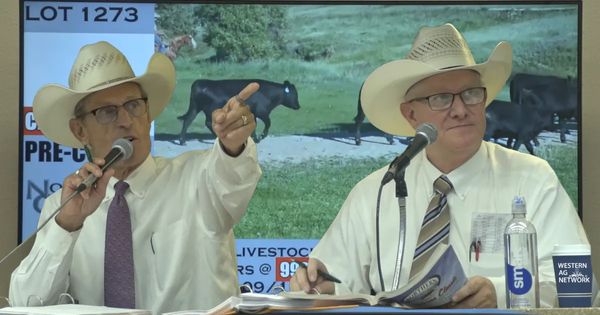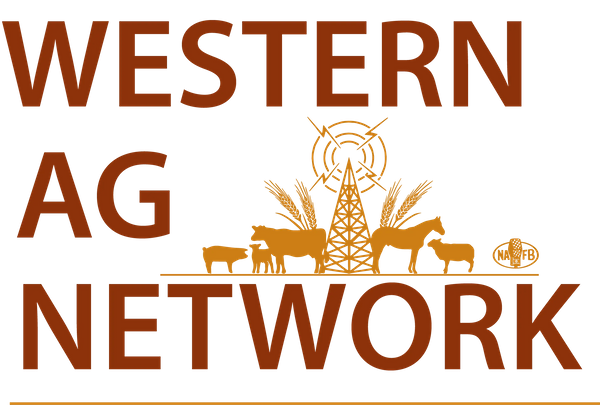.png?fit=outside&w=1200&h=630)
Cattle Prices Surge at Northern Livestock Video’s Summertime Classic
July 23, 2025
The 2025 Northern Livestock Video Auction (NLVA) Summertime Classic in Billings, Montana, is delivering historic returns for cattle producers, as calf and yearling markets climb to unprecedented highs.
Auctioneer Ty Thompson highlighted the strength in lightweight calves, with prices surging well above previous sales. “We’ve said for a couple years now that the cow-calf man is in the driver’s seat, and it’s higher again today,” Thompson said. “We’re $10 to $14 higher than last week’s big video sales and $20 higher than our June sale.”
Weaned 430-pound steers brought as much as $5.20 per pound, while 500-pound steers consistently sold from $4.40 to $4.60 per pound, with some lots climbing even higher. Heifers saw even sharper gains, with prices roughly $30 per head above June levels. Replacement interest was strong, though most cattle are destined for grass and feed programs.
There was equally strong demand for yearling type cattle, according to Joe Goggins with NLVA. “A lot of steers topped $3,000, some over $3,500,” Goggins said. “Nine-weights hit the $3.40–$3.41 range, and 850#s were over $3.50. The buyer support has been incredible, and it’s a testament to the quality cattle producers in this region.”
Despite the market boom, Goggins noted that herd rebuilding remains stagnant. “We sold just two-tenths of one percent more heifer calves this summer compared to last year, so we’re not seeing significant retention. That’s good for cow-calf producers, because the supply side remains tight,” he explained.
Reflecting on the moment, Goggins invoked the advice of his late father, livestock marketing legend Pat Goggins: “Dad always said you get two or three opportunities in your lifetime to get your house in order. I believe we’re in one of those times. He told me before he passed that while he wouldn’t live to see it, we’d reach a point where food producers would be in the driver’s seat for a long stretch. I think we’re there now.”
Source: Western Ag Network










